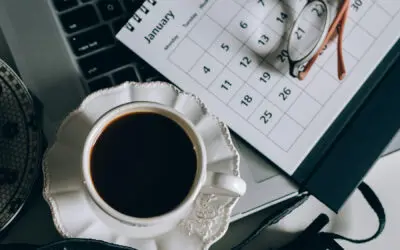Ever wondered why some coffee tastes light and fruity, while others hit like a bold, earthy punch?
It all comes down to the beans—where they’re grown, what kind they are, and how they’re blended and roasted.
If you’re aiming to become a true coffee aficionado, knowing your beans is the first step toward mastering the flavour in your cup.
Let’s break it down.
Meet the Bean MVPs: Arabica & Robusta
Most of the coffee we drink comes from two main bean types:
Arabica – The Smooth Classic
- Origin: Highlands of Ethiopia
- Grown In: Colombia, Brazil, Ethiopia, Costa Rica, and more
- Flavour: Floral, fruity, nutty, even chocolatey
- Caffeine: Lower
- Fun Fact: These beans are oval with a curved crease and tend to be more acidic—great for bright, lively brews.
Arabica is the go-to for specialty coffee. If you’ve had a single-origin pour-over that tasted like citrus or berries? That was likely Arabica.
Robusta – The Bold Underdog
- Origin: West and Central Africa
- Grown In: Vietnam, Brazil, Indonesia
- Flavour: Strong, bitter, earthy, woody
- Caffeine: Almost double that of Arabica
- Fun Fact: These beans are rounder and tougher—perfect for espresso blends and instant coffee.
Robusta may get a bad rap, but it’s the secret behind that rich crema on your morning espresso shot.
Honorable Mentions: Liberica & Excelsa
Though rare, Liberica and Excelsa beans bring wild, fruity, and smoky flavours to the table. They make up less than 2% of the global market but are prized by adventurous drinkers.
Want to go deeper? Check out Four Beans of the Cup-alypse by Ramon Siever.
The Art of Blending: Building the Perfect Cup
Just like music needs different instruments to create harmony, coffee blends different beans for balanced, beautiful flavour.
Single-Origin Purity
These coffees come from one place and let you taste the unique vibe of that region—like citrusy Yirgacheffe from Ethiopia or nutty Colombian beans.
Espresso Blends
Often a mix of Arabica and Robusta. Arabica adds brightness, while Robusta adds depth and crema. The result? A bold, full-bodied espresso shot that hits just right.
Breakfast Blends
Lighter, smoother, and meant to ease you into the day. Think bright, clean, and easy-drinking.
Decaf Without Compromise
Decaf blends use special processes (like the Swiss Water Process) to remove caffeine without losing flavour. A good decaf still tastes like coffee, not cardboard.
Bean Science: What Makes a Brew Work
It’s not just about the bean—how you brew it matters too.
Grind Size
- Fine for espresso
- Medium for drip
- Coarse for French press
Grind too fine for the wrong method, and you’ll get a bitter mess. Too coarse? Weak and watery.
Roast Level
- Light roasts = more bean flavour, higher acidity
- Dark roasts = bolder, roasted taste
Choose based on your brewing method and your taste preference.
Water Matters
Water is 98% of your coffee. If it tastes off, so will your brew. Use clean, filtered water at just the right temperature—usually between 195°F and 205°F.
Why This Matters to You
Learning to recognize bean types, flavour profiles, and brew methods lets you:
- Choose better beans
- Taste like a pro
- Make a cup that fits your mood, every time
Whether you’re sipping a single-origin V60 or pulling a thick espresso shot, every cup tells a story. When you know the characters (the beans), the story gets even better.
Liking what you’re reading here? Pass it on. Share, friend, like and subscribe to The Coffee Authority Weekly. It’s free and you’ll amp up your coffee game with each instalment!



0 Comments